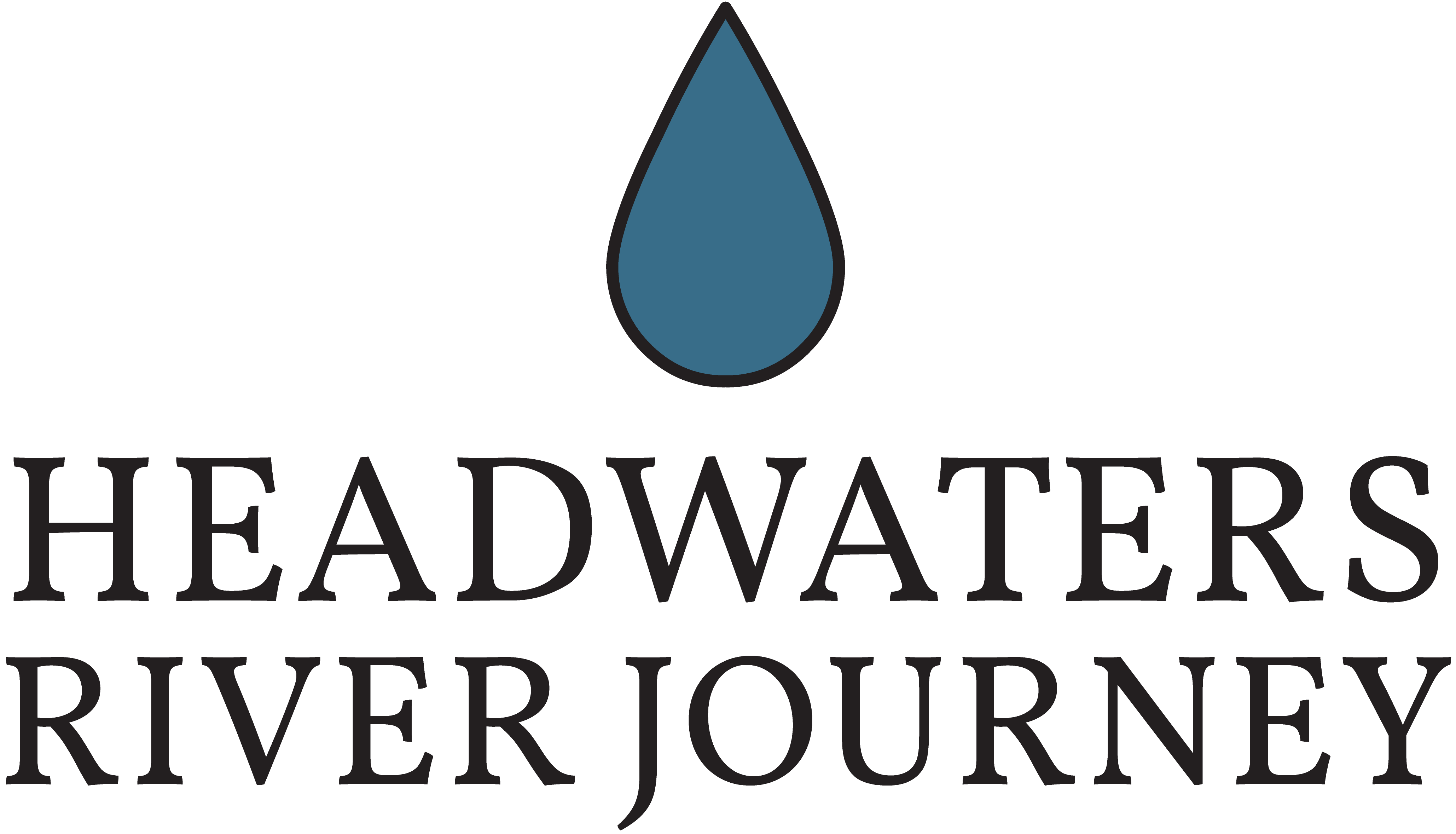Learning By Doing
What is Learning By Doing?
Learning By Doing is the product of intense negotiations over two proposed water projects that rely on water from Grand County’s streams — the Gross Reservoir Expansion Project, proposed by Denver Water; and the Windy Gap Firming Project, proposed by Northern Water. Our group of stakeholders was established through intergovernmental agreements that dedicate significant resources to achieve our mission to maintain and improve Grand County’s aquatic environment. Dedicated resources include water, funding for stream improvement projects, and a commitment to operate in a way that minimizes impacts to our streams.
2020 Water Operations
The 2020 water season started with above-average snowpack in the Upper Colorado River Basin, which allowed reservoirs that rely on water from the basin to fill or nearly fill. However, long periods of below-average precipitation coupled with above-average air temperatures extending through the month of August and water diversions reduced streamflow levels during the summer.
During spring runoff, Learning By Doing asked Denver Water to operate its water system so as to direct flushing flows to the mainstem of the Fraser River. Flushing flows on all Fraser River tributaries have been met in recent years, and the Fraser River mainstem experiences impacts from increased development, diversions, and other stressors.
Throughout the hot, dry period in August, good water management along with cool nighttime temperatures helped keep Grand County stream temperatures from exceeding either the chronic (weekly maximum) or acute (daily maximum) state standards for aquatic life, with one exception: an acute stream temperature exceedance in St. Louis Creek on July 21.
Colorado Wildfires
A large, human-caused wildfire broke out in the Williams Fork River Basin above Williams Fork Reservoir in mid-August and burned approximately 19 square miles on U.S. Forest Service land into September. The basin is part of Denver Water’s catchment area. While the fire didn’t impact water operations, future issues with sediment buildup may become a factor.
Climate Warming May Hit Colorado River Basin Farmers Hardest
April 2020
Shrinking mountain snowpack limiting water for irrigation and other water infrastructure concerns could threaten the U.S. food supply.
Water Issues Lead to Drought, Fire Risk, and Weaker Streamflow
May 2020
One of Colorado’s driest Aprils on record has led to diminished mountain streamflow and snow at 76% of the norm for this time of year and more than half of Colorado is facing drought.
TomTalks on Water Issues


